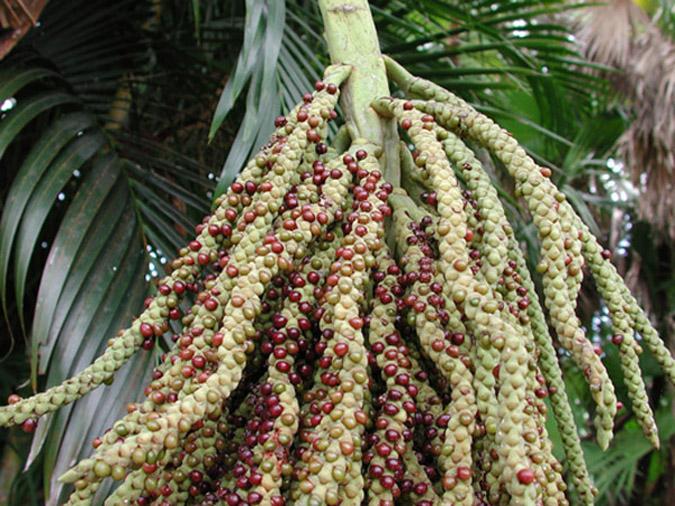
Calyptronoma rivalis
Calyptronoma rivalis, known as Palma de Manaca in its native home of Puerto Rico, is a riparian palm, meaning that it grows along stream banks and arroyos. It has pinnate leaves (with leaflets arranged on either side of the stem, in pairs opposite each other), and mature trees can reach heights of 30 to 40 feet.
The natural populations of Palma de Manaca are located within the moist limestone evergreen and semi-deciduous forests and the montane wet evergreen forest of the northern karst area of Puerto Rico, and areas of the Dominican Republic, where they are typically found growing in ravines and creeks.
This species, where it occurs in Puerto Rico, is considered “Threatened” and is protected by the U.S. Fish and Wildlife Service under The Endangered Species Act, primarily due to the deforestation and habitat modification that comes with housing development. The natural populations are located on privately owned lands threatened by housing development, making them hard to protect.
Additionally, bad management practices upstream (land clearing activities without erosion control measures adjacent to rivers and creeks) can exacerbate the effects of flash flooding on the species and threaten its survival.
There is one tree in this species being preserved at The Merwin Conservancy.